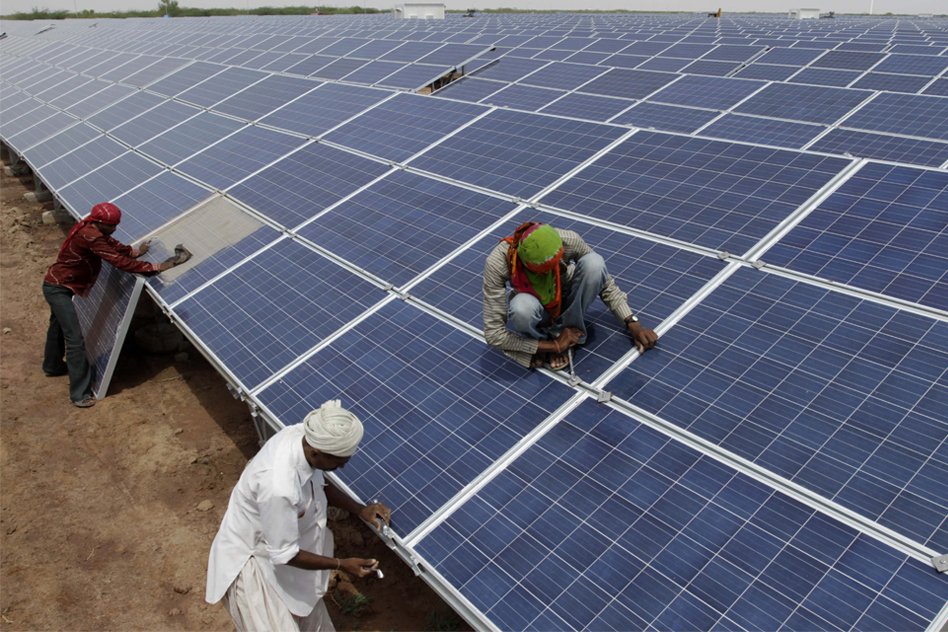Source: cnn | Image Courtesy: fria
India has installed a huge MW system in a very short time. The expectation from the solar business was the production of 1000MW by 2013 but they achieved a production of around 1700MW energy. This has been the result of the initiation by Jawaharlal Nehru Mission.
Jawaharlal Nehru National Solar Mission
One of the eight National Missions outlined in National Action Plan on Climate Change, the Jawaharlal Nehru National Solar Mission (JNNSM) specifically focuses on solar energy and its role in minimizing future emissions. The Government has launched JNNSM in January 2010 with a target of 20,000 MW grid solar power (based on solar thermal power generating systems and solar photovoltaic (SPV) technologies), 2000 MW of off-grid capacity including 20 million solar lighting systems and 20 million sq.m. Solar thermal collector area by 2022. The Mission will be implemented in three phases. The first phase will be of three years (upto March 2013), the second till March 2017 and the third phase will continue till March 2022.
A new policy framework has been put in place for rapid up-scaling of off-grid programmes in an inclusive mode. The programmes are now being implemented through multiple channel partners including renewable energy service providing companies, financial institutions including microfinance institutions, financial integrator, system integrators, industry and program administrators. In order to sustain satisfactory performance and generation of output in the envisaged energy forms, a flexible funding approach has been adopted with bouquet of instruments including support in the form of capital subsidy, interest subsidy, viability gap funding etc.
The national governmental non–profit organization, called the Ministry of New and Renewable energy has initiated many programmes, subsidies and other provisions for organizations and customers too for the development of solar business.
Electrification of around 600 villages more has been completed and the total cost of project has crossed almost Rs. 300crores. MNRE is monitoring the entire process and appreciating its achievements and also the efforts of the channel partners.
This in turn, has increased human resource development in the country. Many NGOs have taken up this work and has created many institutions for the awareness of the renewable sources especially the solar resource.
The solar business in India has therefore achieved beyond the expectations and is continuing to overthrow the vast usage of coal and other resources in the country.
Major Challenge
Last month, the World Trade Organization (WTO) ruled that a part of India’s National Solar Mission did not conform to international trade laws. The US had challenged India’s program to offer higher capital support to solar power project developers that use modules manufactured or assembled in India. This decision jeoparadises India mission to produce a 100GW Solar Power by 2022.
The Logical Indian congratulates successive govts. for able to implement the programmes successfully and able to achieve so much in such a sort span of time. We hope that we move faster towards green technology and are able to achieve the target of total capacity of 100GW Solar Power by 2022.
– Saswati Mishra











